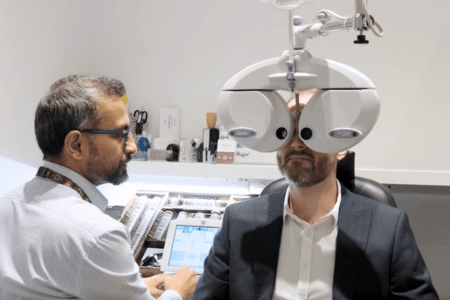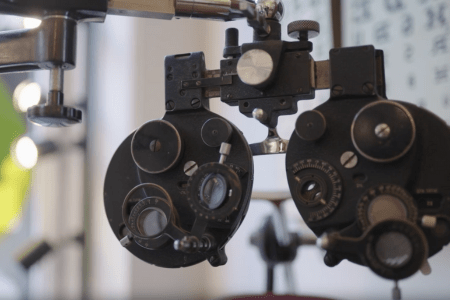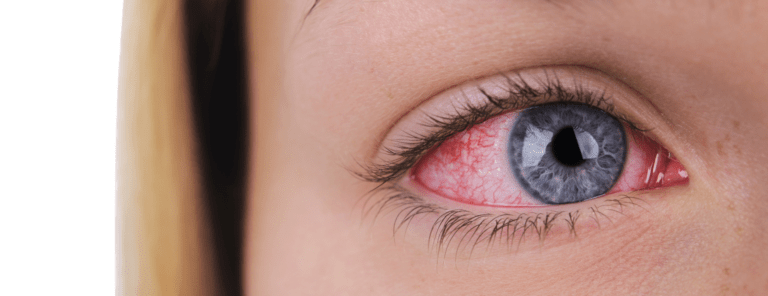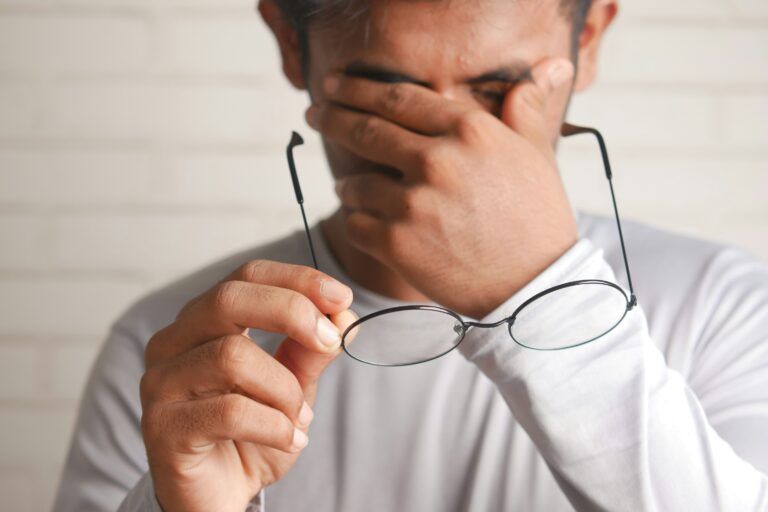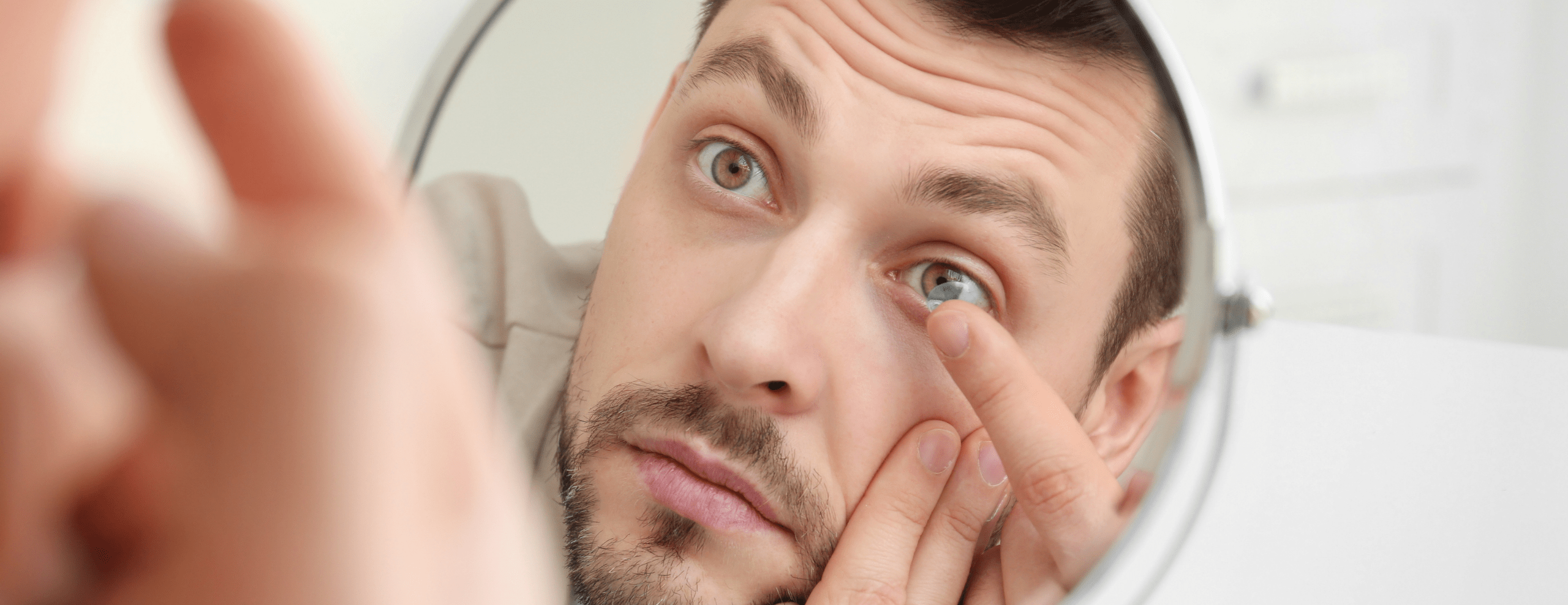
There are over 3 million contact lens wearers in the UK. But how many of us heed the warnings not to mix water and contact lenses?
The BBC recently reported the cautionary tale of Irenie Ekkeshis who developed an eye infection and as a result was blinded in one eye. The probable cause was seemingly innocuous – water on Irenie’s hands as she put her contact lenses in.
“I was feeling very shocked and frightened, as I…lost the vision in my right eye. It was like looking through a foggy bathroom mirror. I could see colours and shapes but not much else,” she says.
Irenie had contracted Acanthamoeba Keratitis (AK), a rare but serious eye infection caused by a micro-organism common in tap water, sea water and swimming pools. The illness affects about 125 people in the UK every year – the majority of cases are associated with contact lenses wearers.
“I hadn’t had a shower or gone swimming in my lenses,” Ekkeshis says. “But I learned that even washing your hands and not drying them properly before handling lenses can cause it.”
Following this, Irenie discovered that many of her contact lens wearing friends didn’t know about the “no water and lenses” rule, and she has successfully campaigned to produce a “no water warning” to be added to each pack of contact lenses.
Contact Lens Do’s and Don’ts
DO:
- Wash and dry your hands before handling your lenses
- Apply your lenses before putting on make-up
- Keep your eyes closed when using hairspray or other aerosols
DON’T:
- Use your lenses for swimming, hot tubs or water sports, unless wearing goggles
- Wear your lenses when showering unless you keep your eyes tightly shut
- Wet your lenses with saliva
Source: Loveyourlenses.com
Why do lenses increase the risk of AK?
- Contact lens wear causes corneal abrasions, the initial step for Acanthamoeba infection
- Contact lenses serve as a vehicle for the harbouring, transmission and delivery of microorganisms to the eye – Acanthamoeba has a high affinity for contact lens surfaces
Source: Journal of Optometry (2009)

